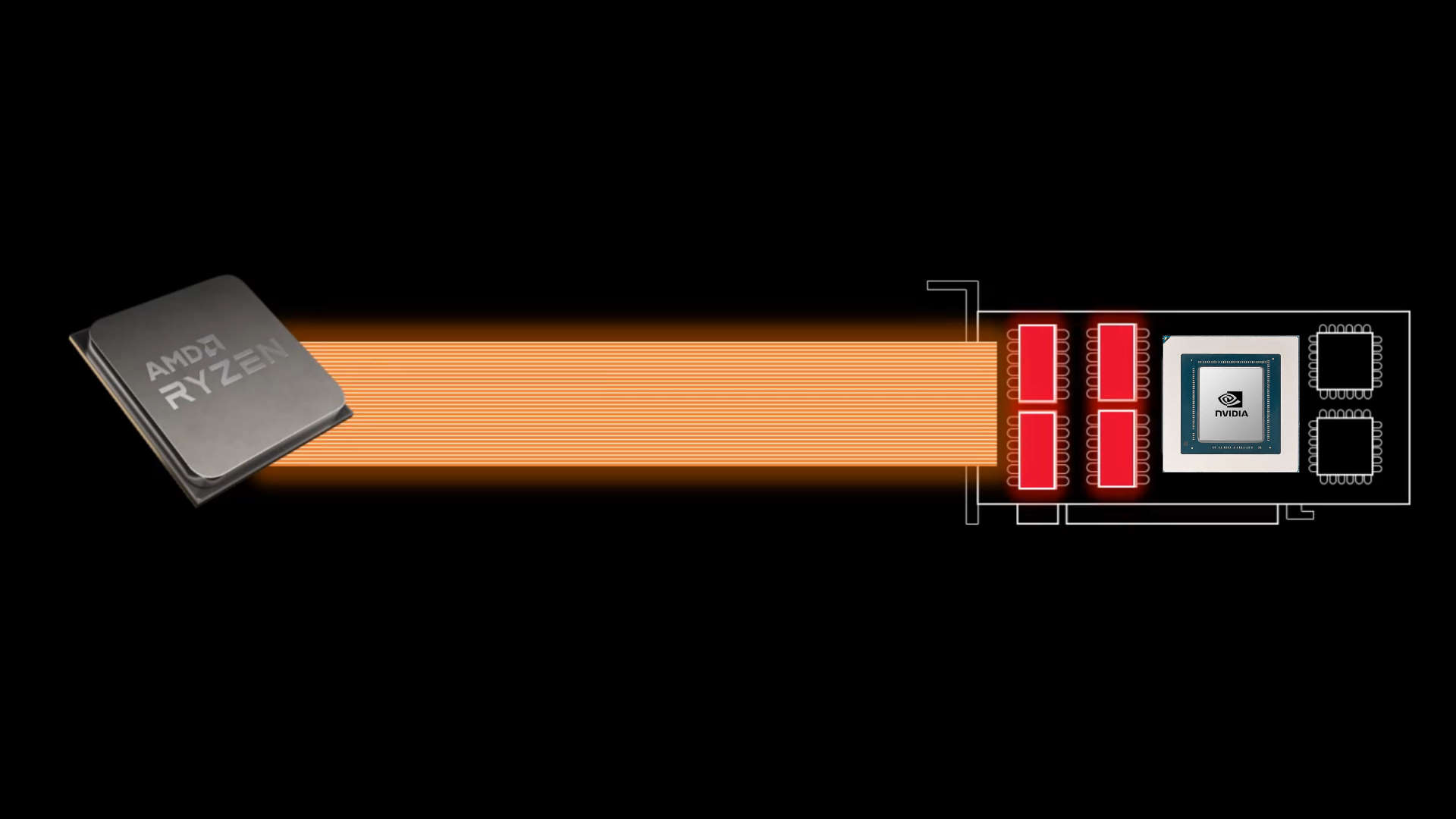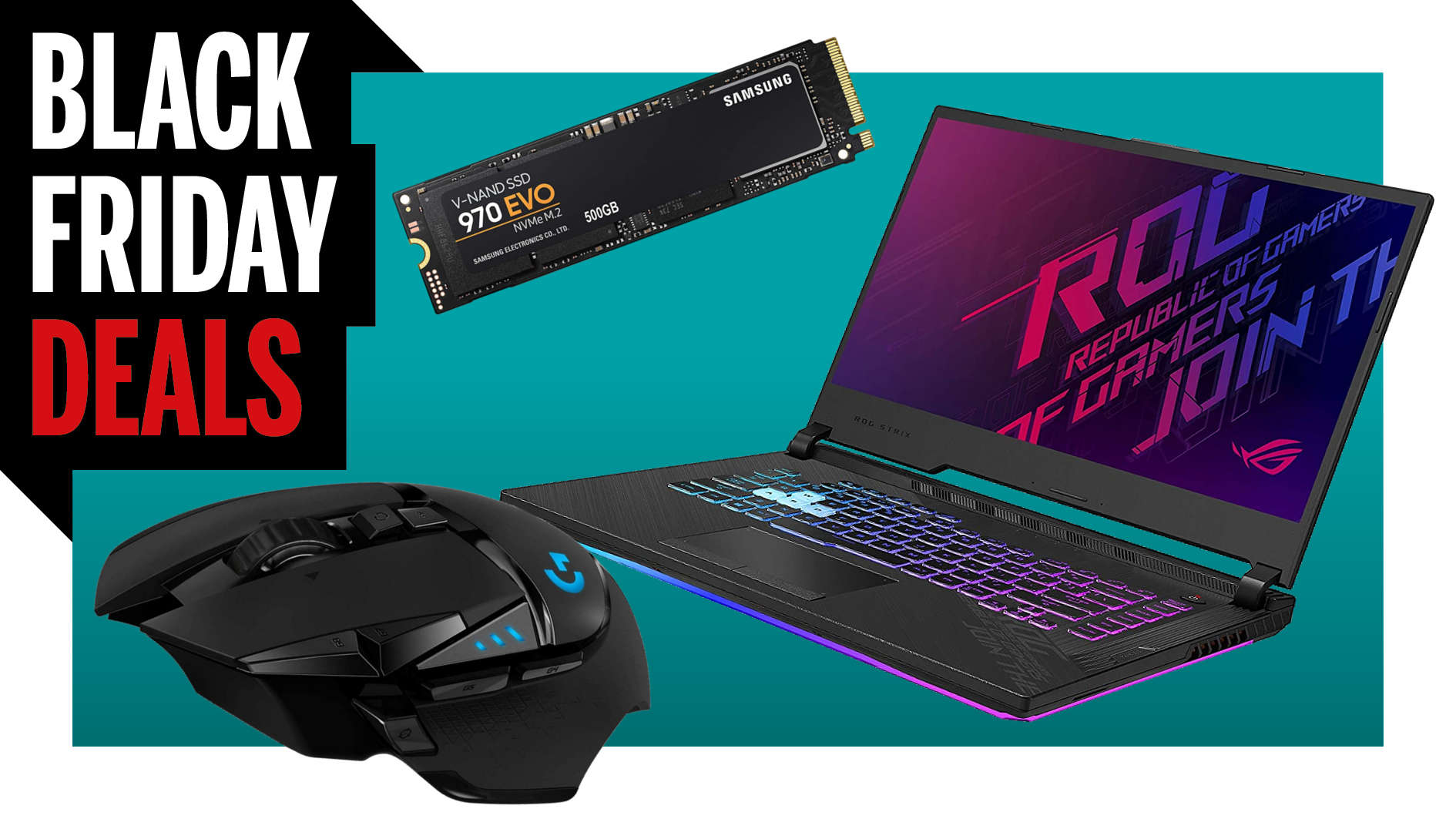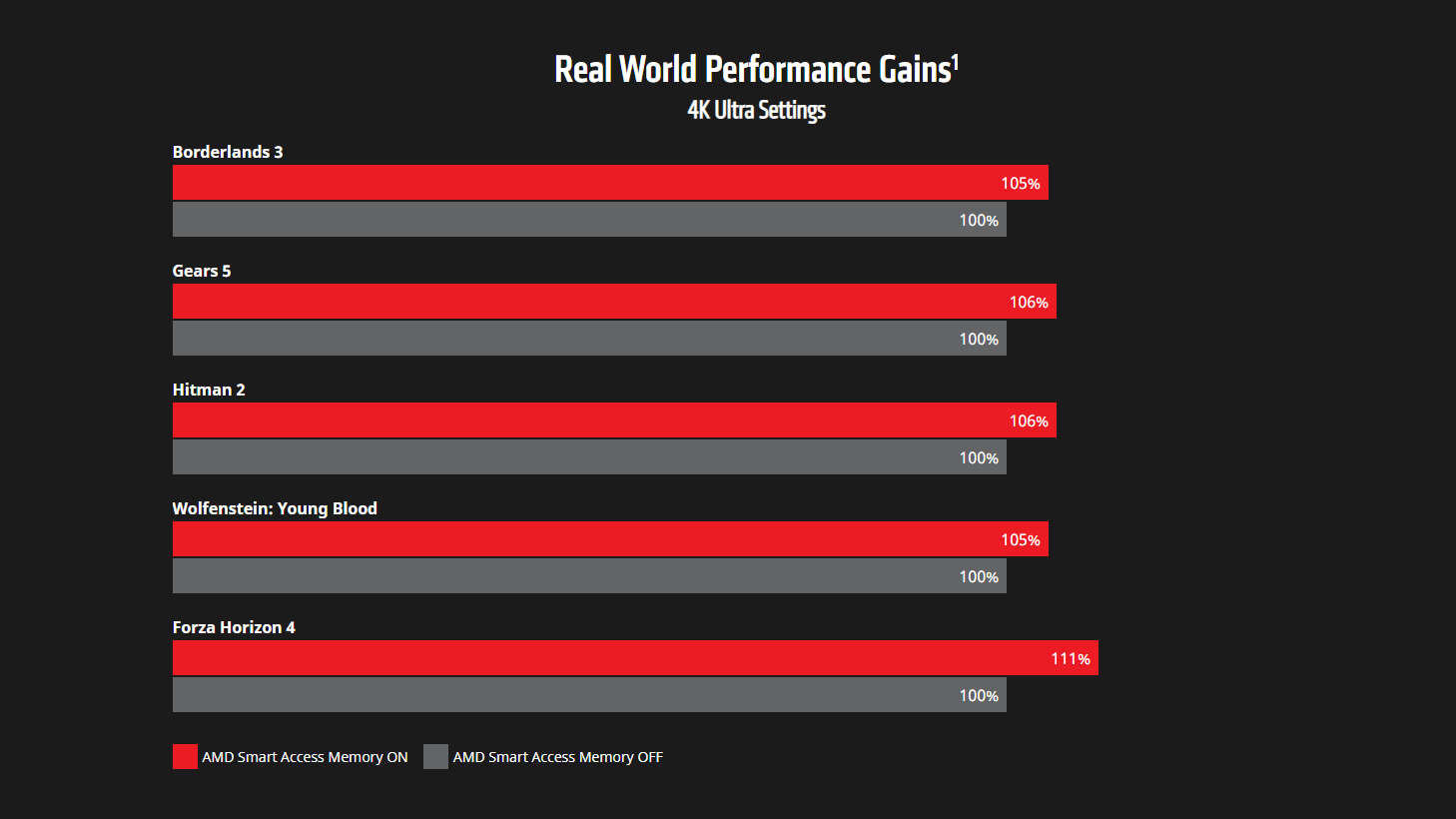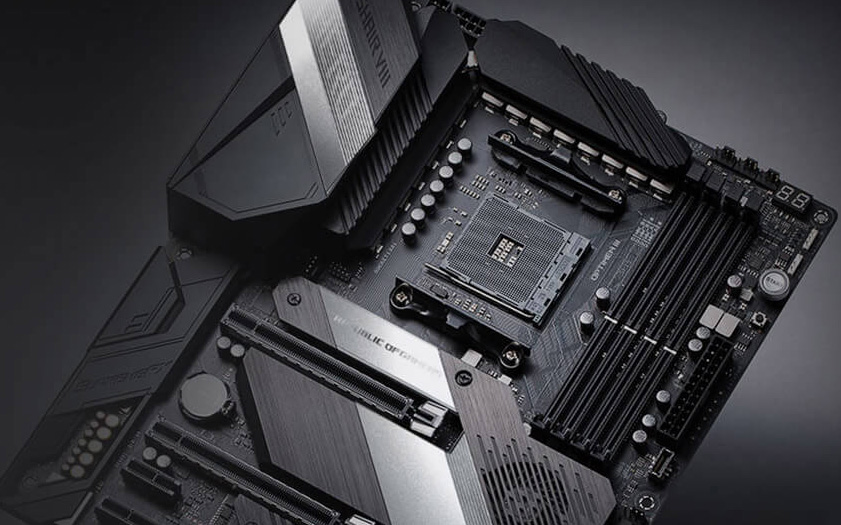Nvidia has unpicked AMD's new game-boosting feature and opened it up so Intel can play too
Nvidia's broken down AMD's Smart Access Memory feature, and is making it available to Intel-based systems too. Just don't get too excited about the fps gains...

AMD announced a few key features for its upcoming Big Navi graphics cards ahead of launch, one of which has now been picked apart by Nvidia in what can only be described as a very AMD way. Where AMD's Smart Access Memory is a proprietary system, only to be available to members of the super elite Ryzen 5000 and Radeon RX 6800 club, Nvidia is offering a version that is potentially open for all.

Black Friday 2020 deals: the place to go for the all the best Black Friday bargains.
How times have changed.
As the only company to be able to offer both its own graphics cards and CPUs—at least for now—AMD made a lot of noise about the potential performance boost it could offer when pairing the new Ryzen 5000-series processors with the Radeon RX 6800-series GPUs. On their own each should be a great standalone slice of silicon, but the idea is that they come together to form a gaming PC that's greater than the sum of its parts.
The AMD Smart Access Memory (SAM) feature promises up to 11% higher gaming performance across select titles by utilising both the company's new CPUs and GPUs working in unison. The basic theory is that currently the way gaming PCs are set up means that in Windows-based systems the processor can only gain access to a small part of the graphics card's memory at any given moment, which has the potential to limit gaming performance.
AMD is widening that channel to allow its Ryzen 5000-series chips to be able to access far more memory at once, "to harness the full potential of GPU memory, utilizing the bandwidth of PCI Express to remove the bottlenecks and increase performance."
That will only happen with AMD's 500-series motherboards running PCIe 4.0, and with the aforementioned new Ryzen and Radeon silicon. It also needs the latest motherboard BIOS as well as the latest GPU drivers, but if you're not keeping those updated with your new chips then you deserve all you get.

The effect is that you get up to 11 percent higher gaming performance. In Forza Horizon 4. In other games you're looking at more like 5-6 percent, and in others less than that. So, hardly transformative on its own.
The biggest gaming news, reviews and hardware deals
Keep up to date with the most important stories and the best deals, as picked by the PC Gamer team.
But that hasn't stopped Nvidia from digging into it and fashioning its own response. In a statement sent around the tech press yesterday it essentially explained how AMD had opened the access floodgates.
“The capability for resizable / larger BAR is part of the PCI Express specification," the statement reads. "NVIDIA hardware supports this functionality and will enable it on Ampere GPUs through future software updates. We have it working internally and are seeing similar performance results. Stay tuned.”
So, by similar results, Nvidia tells us it is seeing the same sub-10 percent gains on most games, which isn't exactly going to set the world alight in frame rate terms.
The Resizable BAR Support feature Nvidia is referencing was implemented in the PCIe specification a few years ago, and has historically been used in enterprise and workstation environments where access to large pools of graphics memory is more important than it has been in gaming. Where it was limited to 256MB before that was expanded to operate instead in terms of gigabytes.
The important part of this is that if all AMD is doing with SAM is taking advantage of the Resizable BAR feature then it's not something that really needs to be limited to AMD's own hardware, and especially not only the latest goodies. Though there may be more to it than just hitting that feature in the PCIe spec.

Speaking with Nvidia, however, it wants to widen its own version out to Intel hardware, and specifically to PCIe 3.0 systems too. It has the feature working in the labs right now, but Nvidia hasn't given us a final date for when it's going live. Though I'd be surprised to see the RTX 3080 getting support for the feature before the start of 2021.
What that's going to look like, as with AMD's own Smart Access Memory, is going to be a compatible version of Nvidia's graphics driver, but it's also going to need a compatible BIOS update for whichever motherboard you're running. As such Nvidia is going to have to be working with both AMD and Intel to get this going; chatting up Intel surely won't be an issue, but I'd love to be a fly on the wall as Nvidia talks to AMD about it.
But why now? Presumably it's because the green team saw the feature in the AMD presentation, has been trying to figure out what it was doing, and has now got to the stage of having its own Ampere cards running, on a platform agnostic level, in the labs.
While Nvidia has been at pains to get the existence (whether planned or reactionary) of its own take on Smart Access Memory out into the public consciousness recently, it does bear repeating that it's not going to make a massive difference to the performance of your system. It's great that both companies are taking aim at potential bottlenecks, and it's also great that AMD has taken the lead and is encouraging Nvidia to make an equivalent feature part of its own new graphics card stack.
But still, the idea that AMD is the one sticking to proprietary performance-boosting features, while Nvidia is the one trying to make it much more platform agnostic, feels like the world has turned on its head. How very 2020.

Dave has been gaming since the days of Zaxxon and Lady Bug on the Colecovision, and code books for the Commodore Vic 20 (Death Race 2000!). He built his first gaming PC at the tender age of 16, and finally finished bug-fixing the Cyrix-based system around a year later. When he dropped it out of the window. He first started writing for Official PlayStation Magazine and Xbox World many decades ago, then moved onto PC Format full-time, then PC Gamer, TechRadar, and T3 among others. Now he's back, writing about the nightmarish graphics card market, CPUs with more cores than sense, gaming laptops hotter than the sun, and SSDs more capacious than a Cybertruck.

